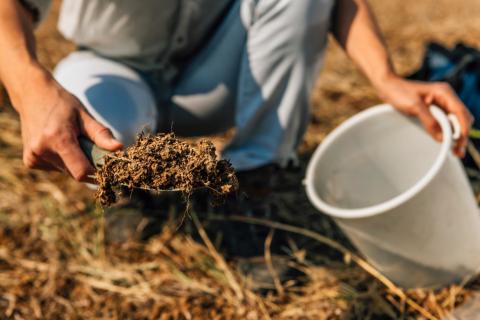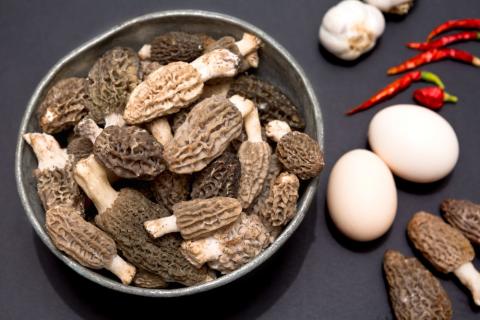Pick-your-own farms have their own character. Whether they conjure up memories of childhood haunted hayrides or bring back memories of that pumpkin farm back home, they always carry a certain nostalgia. What’s more, pick-your-own farms are also an excellent option if you’re thinking about starting both a seasonal business and your own local tradition.
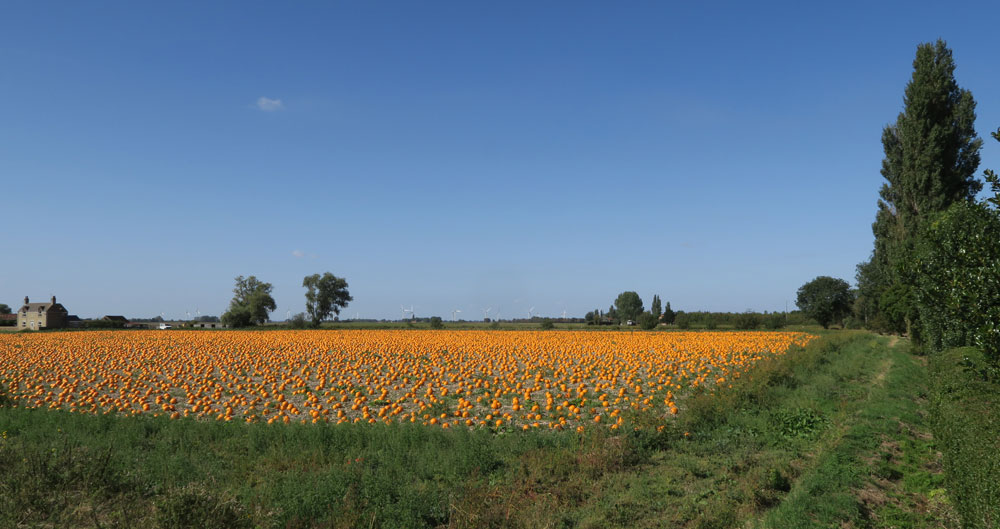
Nostalgia aside, it can be intimidating to start a farm scratch, and understandably so. Starting out on something new is usually a little bit confusing, but distilling the process into a few steps can help smooth out the bumps. With a little bit of time and work, your pick-your-own farm can grow into a healthy seasonal business.
1. Land: The Initial Investment
Consider how much land you have to work with or want to work with. If you’re buying property, what do local farmers say is the best use of the land? What has it been used for previously? How much of that land is readily accessible to the public? How big do you want your farm to be now? How big do you want it to be in five years?
These are all important questions when looking into buying land or turning open land into farmed plots.
2. Looking Deeper
Let’s think of these questions in terms of a concrete example. Say you’ve purchased ten acres, but five of these acres are on a steep hillside. That means families with small children or frail grandparents, for instance, are going to have a hard time enjoying the apple farm. In turn, this means that those five hilly acres won’t yield the same amount of profit, but they will probably be taxed just the same as the level, easy-access acres.
In that one example, you’ve had to consider the following factors:
Flooding
- Are you going to be dealing with extensive damages each year?
- If flooding is an issue, will the region flood before or after you have planted any yearly crops?
- If you’re dealing with an orchard, are your trees going to be in a place where they can survive most downpours?
Drought
- On the flip side, are there any drought periods in your region?
- How do local farmers manage drought?
- What crops are drought resistant enough in your area to do well?
- Investigate cost-effective irrigation methods that will drought-proof your crops.
Soil
- Get your soil tested to see what will grow best.
- Talk to local farmers about soil quality.
- If the soil is super rocky, ask yourself if you have the equipment, time, and money to deal with it.
Accessibility
- Think about any steep grades, hills, or ditches. Ask yourself if they will hinder customers from enjoying your pick-your-own farm.
- What are the roads like nearby? Remember, there’s very little point in buying cheap property if most of your customers will be scared off by rough, back-country dirt roads.
- Alternatively, if the roads are bad, consider turning it into part of the experience! Offer parking spaces near the good roads and give hayrides to and from the plot.
Staying in the green
- Ask yourself how much money you will be putting into the land, especially in the first few years.
- Start small! You can always add later on.
These are all crucial factors in ensuring the success of your farm. Remember, a modest, well-planned start is much more likely to take off than something that begins too big, too quickly.
3. Choose Your Crops
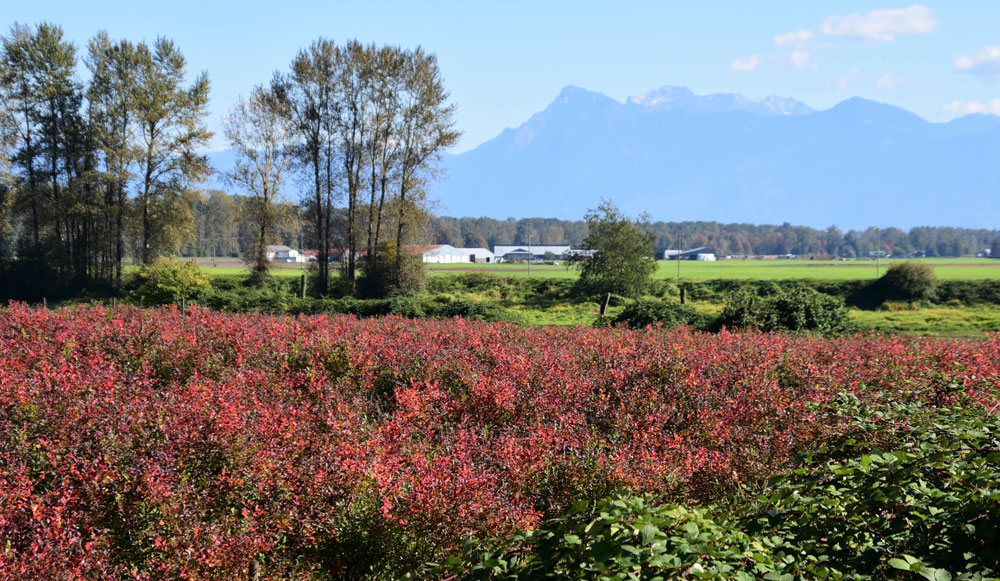
This is the fun part! Are you going to grow blueberries for the summer? Pumpkins or apples for the fall? Remember, crop harvests vary by region.
Try to shoot for early-season or late-season crops. In general, people are more likely to celebrate the spring and fall, as they’re both on the cusp of winter, and many families travel or vacation during peak summer months. Below are some popular favorites.
Spring and early summer crops
- Strawberries
- Black raspberries
- Cherries
- Blueberries
These early crops are all fairly small, so supply your customers with quart boxes or similar containers, and you’re good to go!
Fall crops
- Concord grapes
- Apples
- Pumpkins
- Squash
Concord grapes have a short picking season but are extremely popular in pies. Apples, on the other hand, boast many varieties and a long harvest season. Consider offering cider or pie-tasting to your customers to draw them in. Last, pumpkins and squash are all-around crowd-pleasers, and there are many ways you can use pumpkins or squash to facilitate fun events on the farm.
Here are some other ideas for peak summer, in case you’re interested in thinking outside the box!
- Big potato digs
- Pick-your-own sunflowers
- Peach picking
4. Entry Charges
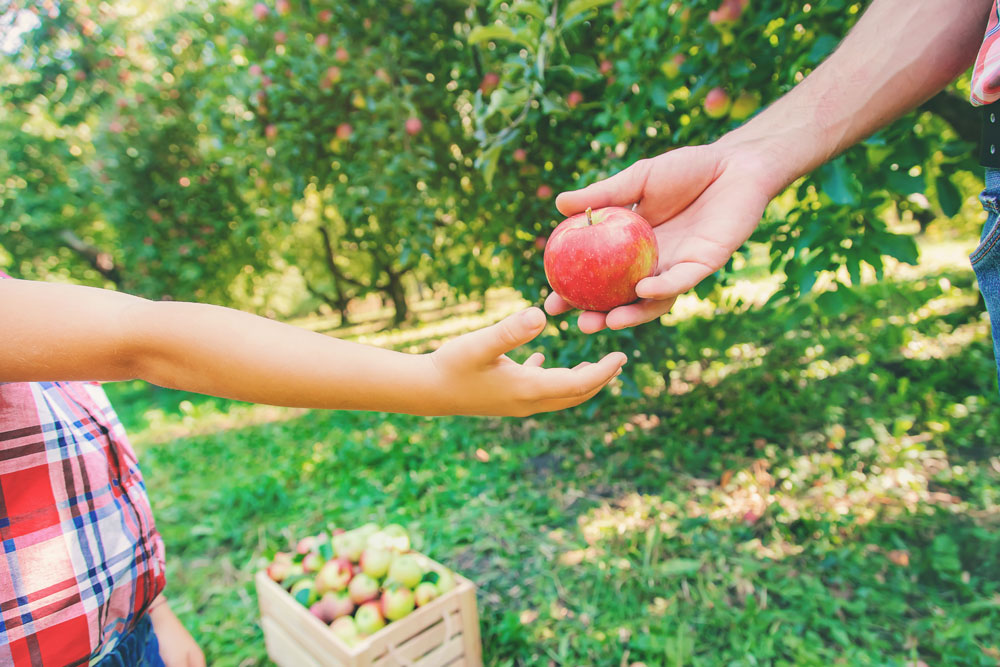
When you’re thinking about how much you want to charge per ticket, you have a lot of factors to consider:
- Are you considering a one-price-fits-all entry charge?
- Alternatively, do you want to charge per unit of produce (per quart of strawberries, per individual pumpkin, etc.)?
- How much money do you need to cover your costs, such as outside help?
5. Events
Finally, depending on your space, there are a number of ways you can optimize your pick-your-own farm.
For example, a pumpkin farm could offer jack-o-lantern carving competitions, or you could supplement the pumpkin patch with a corn maze, face painting, or music. A few steps could turn a pumpkin patch into a small fall festival.
Consider partnering with other local businesses as well. If there’s a local winery or cidery, ask if they’d consider partnering on a small over-21 event. If you want to make it even bigger, seek out local bakeries or farmers who produce other crops. A pumpkin farm with an apple farm neighbor could put together a deal—you could offer discounted tickets to both farms and help grow each other’s business.
Enjoy Building a Local Tradition
Above all, keep in the spirit of the seasons. Encourage young and old alike to share in your joy of wholesome food and the great outdoors. Gather around the bounty of the seasons and make memories together.
It’s never a bad idea to exercise caution, keep an eye on the numbers and plan ahead, but remember the biggest benefit of starting small is so you can savor the moments and memories along the way. Build something you can share with your neighbors, friends, and family, and you’ll have a pick-your-own farm to be proud of.


















